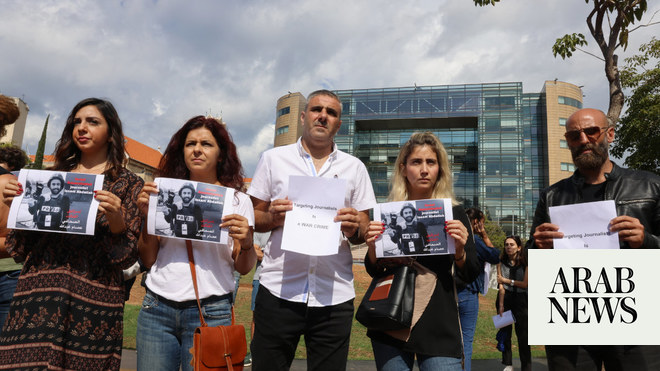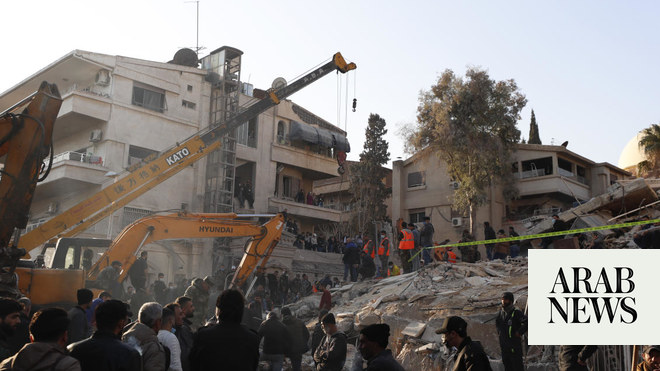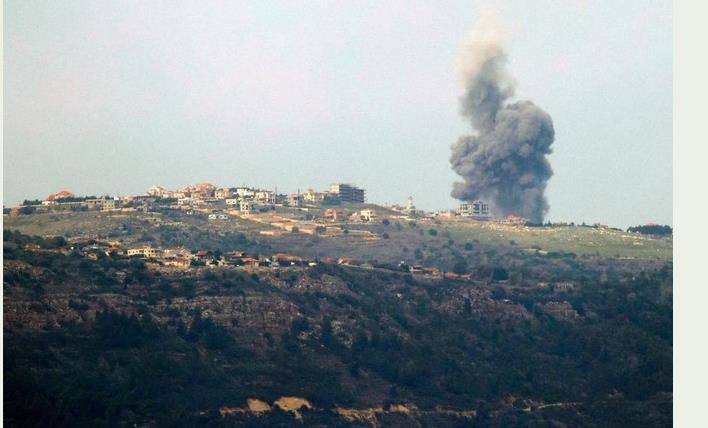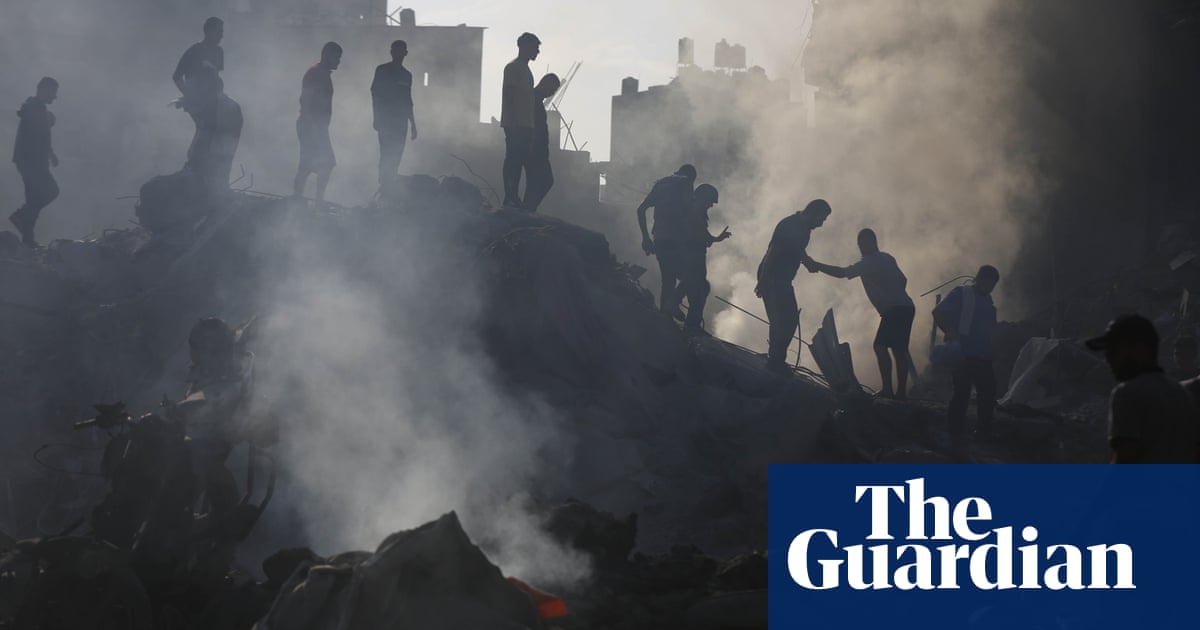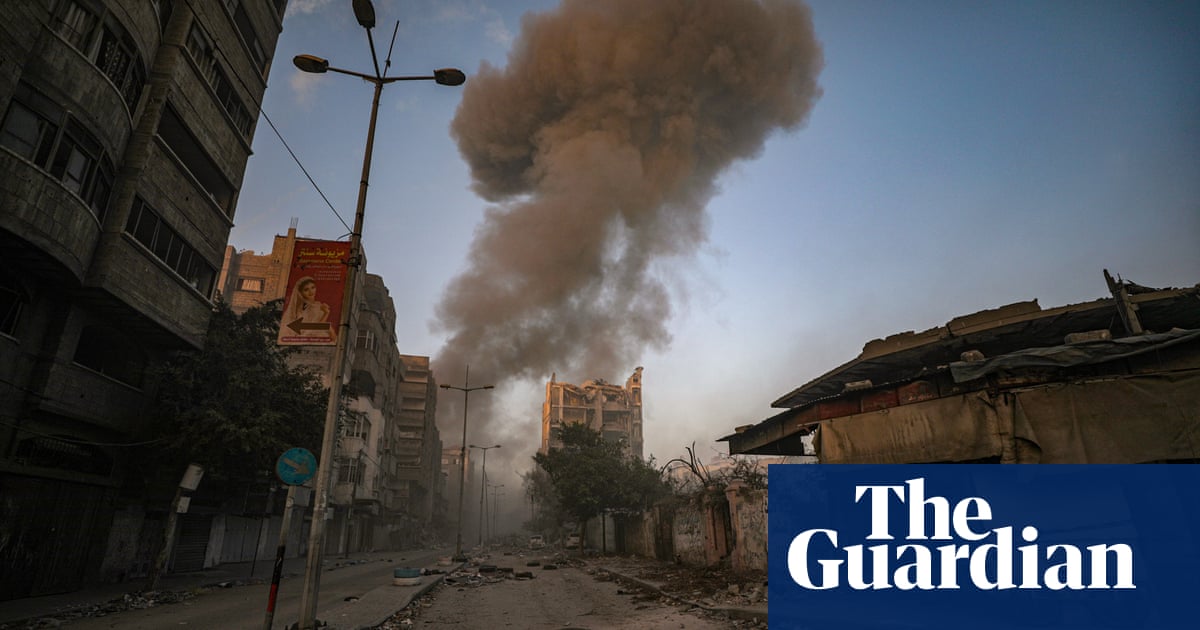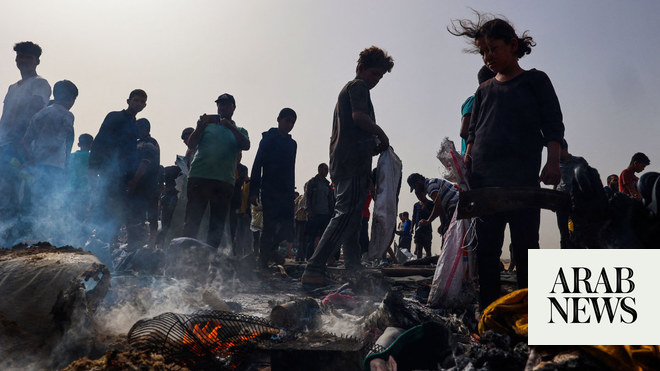
An Israeli military official has told the BBC that it carried out a deadly strike on a five-story residential building in Beit Lahia in northern Gaza on Tuesday in response to seeing a “spotter” on the roof with binoculars observing Israeli forces.
Gaza’s Hamas-run health ministry said more than 90 Palestinians, including 25 children, were killed or missing beneath the rubble of the building, which collapsed as a result of the strike.
The military official said it was not a planned strike and troops did not know the building was being used as a shelter for displaced people.
They also said there were discrepancies between the number of casualties reported and what the military had observed.
The strike provoked a strong response from Israel"s closest ally, the US, which described it as a “horrifying incident with a horrifying result” and demanded an explanation.
On Wednesday, after the military official had spoken to reporters, US state department spokesman Matthew Miller said Israel was “not doing enough to get us the answers that we have requested”.
"They have said to us what they had said publicly, which is they"re investigating the matter," he added.
Israel does not allow the BBC and other international media into Gaza to report independently, making it difficult to verify facts on the ground, so we rely on information from video footage and witness testimonies.
Videos posted on social media a few hours after the strike showed multiple bodies wrapped in blankets and people collecting body parts at the scene of the strike.
Umm Malik Abu Nasr later told BBC Arabic’s Gaza Today programme on Tuesday that the strike destroyed her family’s home and that she was among the survivors pulled from the rubble.
“At around 00:30 or 01:00, the Awda family house next to us was bombed,” she said. “We rushed to help and host them but their daughter [died] in our home.”
“At 04:00 the multi-storey house of the Abu Nasr family collapsed on top of us. They [Israel forces] bombed the house, which was housing about 300 displaced people who had fled their homes. These people sought to take refuge in our houses. We hosted them because they were just civilians and had nothing to do with resistance [Palestinian armed groups].”
“My husband and other young men are still under the rubble and have not been pulled out yet,” she added. “My husband’s cousin and her five children are still under the rubble.”
The director of the nearby Kamal Adwan hospital — which only has two doctors and limited nursing staff following an Israeli raid last week — said in a voice message recorded on Tuesday that it had received the bodies of more than 25 people killed in the strike and that another 77 were trapped under the rubble.
About 45 injured, including children and women, had also been brought to the hospital either by horse-drawn carts or by people carrying them, Dr Hussam Abu Safiya added.
The UN’s Middle East peace envoy, Tor Wennesland, said it was the latest in “a deadly series of recent mass casualty incidents, alongside a massive displacement campaign, in the north of Gaza that raises serious concerns about violations of humanitarian law”.
Hundreds of people have reportedly been killed since the Israeli military launched a ground offensive in Beit Lahia as well as neighbouring Jabalia and Beit Hanoun on 6 October, saying it was acting against regrouping Hamas fighters.
More than 70,000 residents have fled to Gaza City, but the UN estimates that about 100,000 remain in dire conditions, with severe shortages of food, water and medical supplies.
The offensive has also forced the closure of essential services, including medical facilities, firefighting, search and rescue, water wells and bakeries.
Israel launched a campaign to destroy Hamas in response to the group"s unprecedented attack on southern Israel on 7 October 2023, in which about 1,200 people were killed and 251 others were taken hostage.
More than 43,160 people have been killed in Gaza since then, according to the territory"s Hamas-run health ministry. — BBC




